Celebrating Gratitude with the Malong
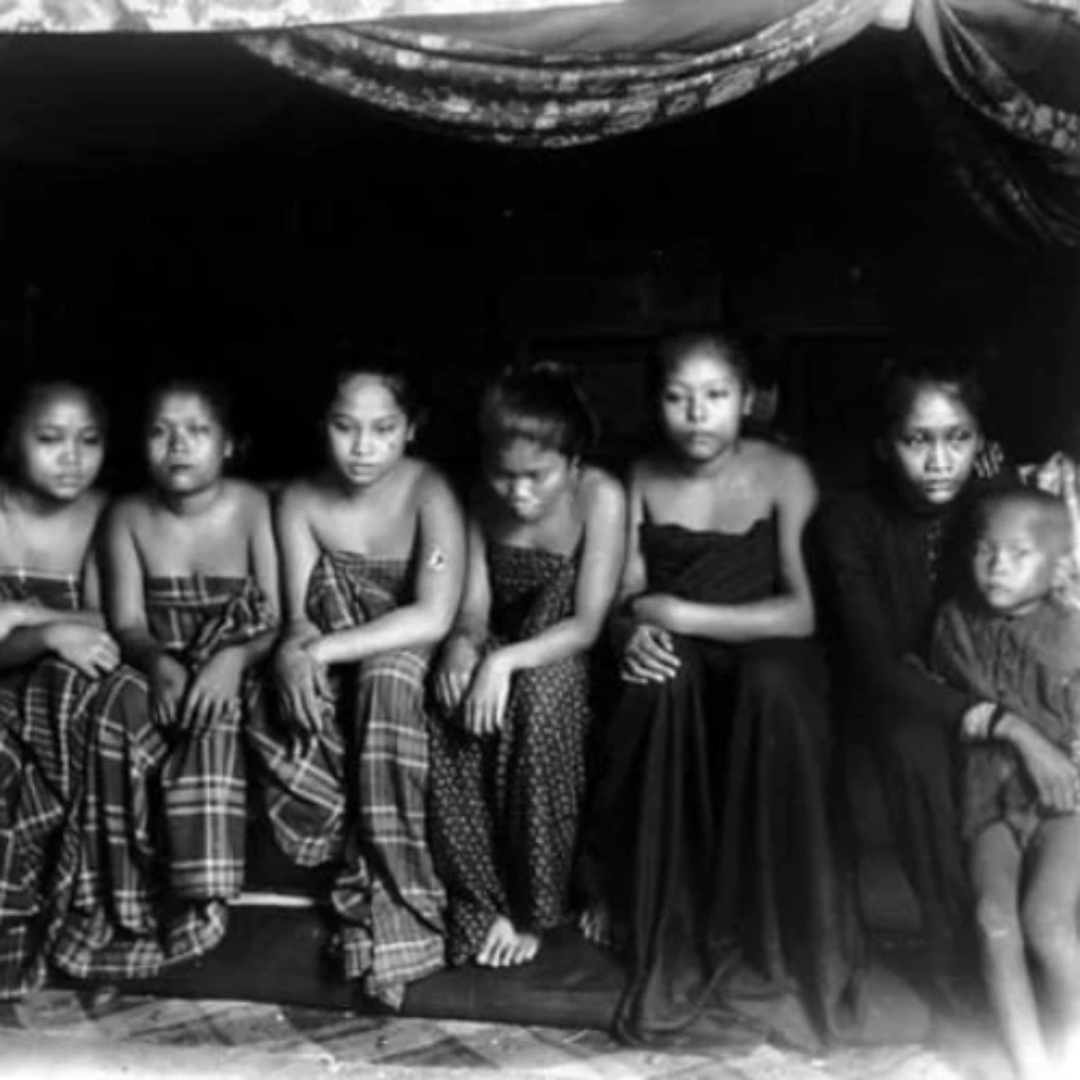
Celebrating Gratitude with the Malong
The inception of Daily Malong was inspired by my travels around Mindanao and Northern Philippines. Being able to experience a connection with Indigenous communities has changed a lot of my personal perspective beyond my artistic practice. It has affected many life decisions I made including my personal, family and community life and I’d like to share some of my “malong experiences” with you.
I traveled all over Mindanao and some parts of Northern Philippines with a cotton malong that I purchased in Davao. As I explored living traditions that most of the world is not very familiar with, I realized that the Malong is a good start to spread awareness and gain a deeper understanding of our culture. With its multi-dimensional form, each Filipinx in the diaspora can have their own ‘daily malong’ that they can use in different ways that can fit their lifestyle. When we started brainstorming ideas on what to name a clothing brand that will empower indigenous communities and weavers, the word 'malong' was top of the list. The malong was picked back up by mentors who once said that appreciation of culture when seen in North America, has the power to influence how the youth in the indigenous communities perceive their own living traditions.
In 2017, we started testing out malong sales through friends and collaborators in the Pilipinx dance and music community and we sold out 20 pieces of malong in 1 week. We realize that the versatility of this garment is one that’s not very common among Pilipinx in the diaspora who are trying to get in touch with their culture. Weeks, months and a couple years passed and we started developing different garments made of Inaul fabric and extended our catalog sourcing more handwoven textiles from other weaving communities around the Philippines.
Fast forward to 2021, the Malong has continued to be one of our major sources of inspiration in creating modern clothing from indigenous weaving that enabled us to bring it to a world stage such as the New York Fashion Week.
A versatile garment and a beautiful piece of art

The malong is a tubular cloth made of hand woven or machine made multi-color cloth measuring approximately 53-55 inches in length and 38-42 inches in width and are made with cotton, rayon or silk.
Making a malong requires great weaving skill and a good eye in art. The intricate weaving, colors and embroidery seen on the malong is an expression of the community’s rich culture, living traditions and practices. This goes with a variety of geometric patterns which some tribes call the “okir.”
Beyond its aesthetically beautiful characteristics, the malong is gender fluid worn by any gender and is still commonly used by many ethnic groups around mainland Mindanao and the Sulu Archipelago.
In some ethnic communities, there are two types of ‘okir’ designs: Okir a Dato (designs for men) and Okir a Bay (designs for women). In some groups like the Maranao community, the okir is inspired by the prominent designs of the Torogan (ancestral home) of the highest title holder in a Maranao village. The designs are elaborate and inspired by leaves, vine patterns and flower symbols. While in other communities, a common pattern is that of ferns which is a common design in many textiles around Southeast Asia.
Traditionally made by women using a backstrap loom, the malong is a highly functional piece of clothing can be turned into so many things:
- Wraparound skirt
- Scarf
- Head dress
- Dress
- Blanket
- Bedsheet
- Hammock
- All-purpose bag
- Prayer mat
- Wrap-around for newborn babies
- Bag
- Belt
- Umbrella
- “Dressing room”

For everyday wear, the malong is usually made of cotton with simple plaids and stripes as the preferred patterns. The more elaborate malong made of silk, in colors of red, purple, and yellow, is worn for ceremonial occasions.
Our team took the time to develop some videos that will show the versatility of the Malong that can be used up to the modern day.
I have personally worn the malong in so many functions and was able to switch outfits in between airports on travels, turning casual to formal attire. When I gave birth to my daughter, I was wearing just a malong during the first few weeks of her life that made it easy for breastfeeding and easy breathing during my postpartum healing.
The malong’s multidimensional function surpasses any gender. Our goal is to “re-normalize” what was normal during the time of our early ancestors. Gone are the days of “pants for men and skirts for women.” We support self representation, gender confidence and function.
Made by artists who believe in preserving living traditions in Southern Philippines

The malong may have become a staple of Philippine traditional clothing but its origins trace from numerous tribes even beyond the Southern Philippines dating way back in the pre-colonial times.
The T'bolis from Lake Zebu, the Tausugs, the Maguindanaons, and the Maranaos have all enriched the Malong and embraced it as part of their living traditions and everyday lives.
Among all the indigenous communities of Southern Philippines, The Maranao and Maguindanaon communities are the prominent groups who have turned the malong into a work of art. Aside from being known to produce high-quality malongs, they have also become a major influence in Philippine fashion in the Southern region.
The Maguindanaoans have preserved traditional designs such as the siko, kinaranda and puntak. At the same time, they have also developed contemporary designs like the “Princess Diamond'' and “Mula sa Puso.”
Back in the day, weaving construction was inspired by earth tones and earth colors where designs and color combinations are based on what the weavers see in their environment. The common weaving inspirations are the sun/star, flowers, river, bayawak skin and other elements they see in their daily tribal lives. On colors, red, black, white, green and yellow are more traditional color combinations.
Right now, weaving communities have taken time and energy to be inspired by the modern day, incorporating other current elements that they encounter. Now, some of the malong colors will have pink, purple and different shades of blue, yellow and green that makes it more attractive to the younger generation.
You see, culture evolves and so do the weaving communities that have put in an effort to make their art accessible to the generations to come and enabled us to appreciate the beauty of the culture and embrace them as part of our daily lives.
Some my favorite weaving styles
Malong a Andon is considered the most expensive, the rarest, and the oldest among the three types. “Andon” refers to the “patola” motif. Influenced by the Patola cloths of India which were widely traded through island South East Asia, these malong combine both Ikat (literally means "tying" or "enwrapping") and supplementary weft weaving techniques.
Malong a Landap (‘beautiful to look at) - is characterized by “langkit”, or decorative strips of profuse geometric designs, hand-sewn on the Malong. This is the most popular type of Malong made by the Maranaos. Usually the langkit contrasts with the rest of the malong. A red background with white or multicolored designs is a typical combination. Among the common langkit designs are the mayan sa palaw (mountain-like or slope-like arrangements of the design) or the sapak a madanding (branch of happiness so called because of the happy effect it has on the wearer or viewer).
Malong a Ampik ("seductive" or "attractive") - is characterized by a square pattern with lines and cross lines of contrasting primary colors along black and white geometrical shapes. A simpler ampik is called the ‘palikat’ - which is woven in contrasting red and white stripes, and checkered into two colors
The pandi ("flag" or "banner") is distinguished by the narrow lines of balod, a white thread partly dyed in black clay to form a variety of designs, hence a black and white contrast. This is an old style that also has red stripes. It is usually preferred by men.
The bagadat ("striped") made from wide bands in contrasting colours and separated by narrow bands of wrap ikat, the bagadat is preferred by elderly datus for its dignified look.
Similar garments in other cultures - Southeast Asian and Austronesian communities

The Malong is directly related to the 'sarong' worn by other communities in Southeast Asia (Indonesia, Malaysia, Brunei, East Timor). Loosely defined as a large tube or length of fabric tied at the waist, the word “sarong” means “to sheath” or “to cover '' in Indonesian and Malay. In Cambodia, it’s referred to as ‘sampot.’ In Thailand, it is known as ‘pha kao ma’ for men and ‘pha tung’ for women
The Malong and the 'Sarong' are also closely related to other variations worn by the Pacific Islanders.
Similar to the Pintados, Hawaiian used very few garments and their bodies were mostly covered with paintings and tattoos. The “malo” is a loin-cloth men tied similarly to that of the bahag. Women have those referred to as 'kikepa'. In Samoa, it's known as lavava. In Fiji, it's called Isulu. In Tahiti and the Cook Islands, it is known as a ‘pāreu’. And in Tonga, it’s locally referred to as ‘tupenu’.
In other areas of the Philippines like the Visayas and Sulu archipelago, the Malong is similarly known as the Patadyong, which means "straight", though it usually means "blanket" in modern Visayan. In Luzon, the 'tapis' was used by tagalog women who had to wrap a thicker material over skirts made of sheer fabric. It was usually worn with the opening in front, and with colors that contrasted with the skirt.
Kappa Malong Malong

Kappa Malong-malong, coined from the tag “kappa”—a derivation of the prefix “ka”—indicates that someone has the “ability to act” or “manipulate” the malong.
Also known as 'Sambi sa Malong', is a dance popularized by the Bayanihan Dance Company of the Philippines. The dance shows the many ways of wearing a malong.
The dance is accompanied by a kulintang ensemble whose history is parallel to that of the Malong.
Reclaiming yourselves with the Malong
This holiday gives me all kinds of weird feelings. As an immigrant on stolen land, I feel responsible to be in solidarity with the grievances of the Native American community. We are descendants of our family’s immigrant stories and are adopted children of this native land we are all living on. Let’s use this time to give gratitude to those who have paved the way for us to be here. We have the responsibility to take care of the land and one way to do that could be by reclaiming ourselves with a malong.
Other ways to wear a malong:
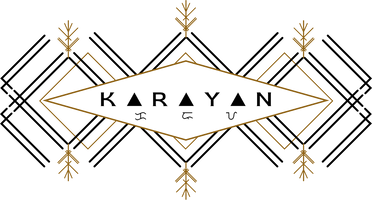
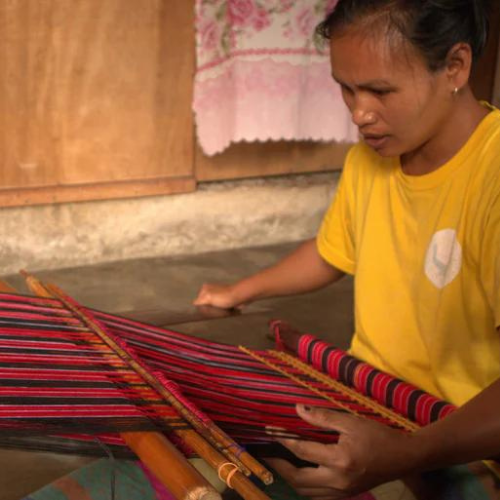
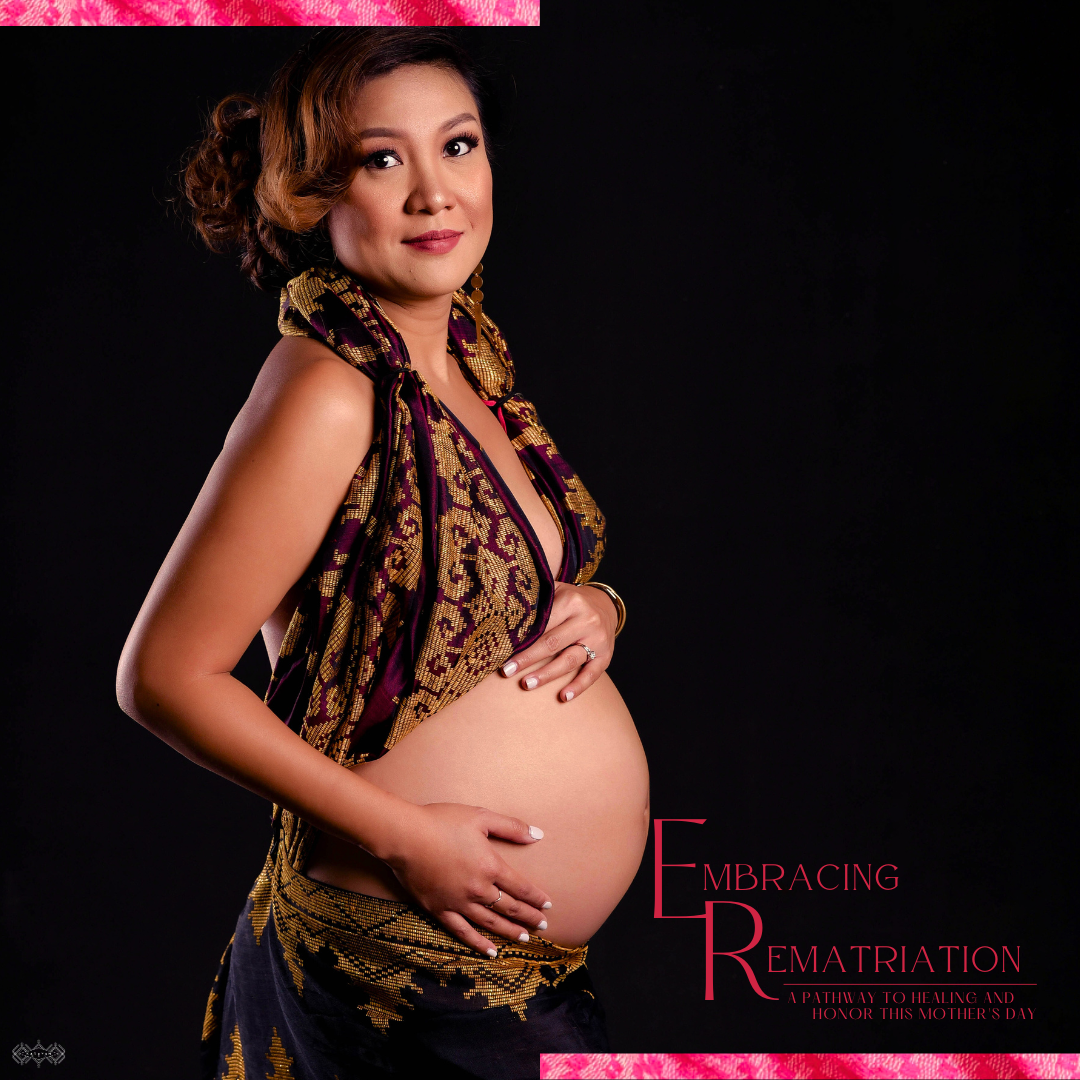
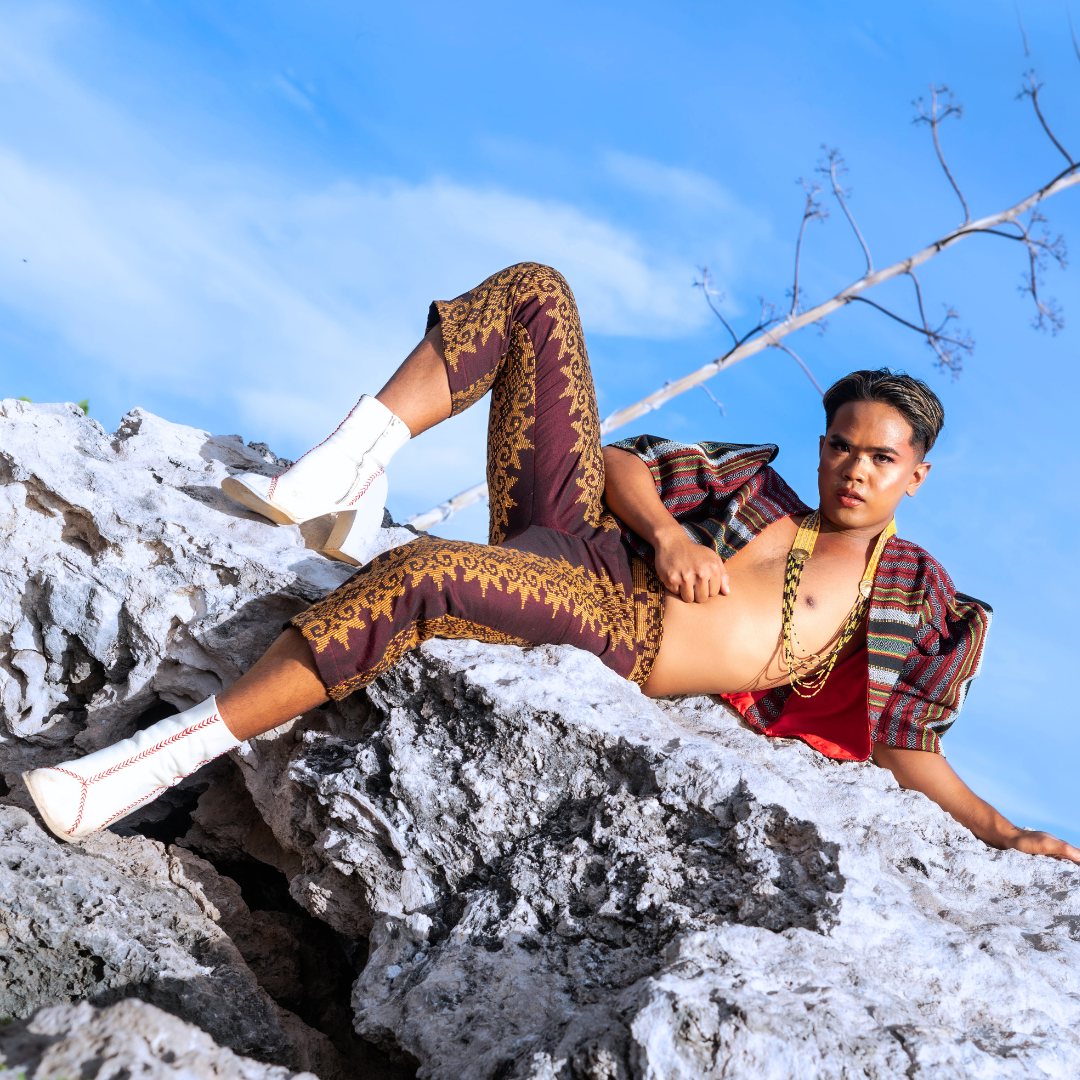
Comments